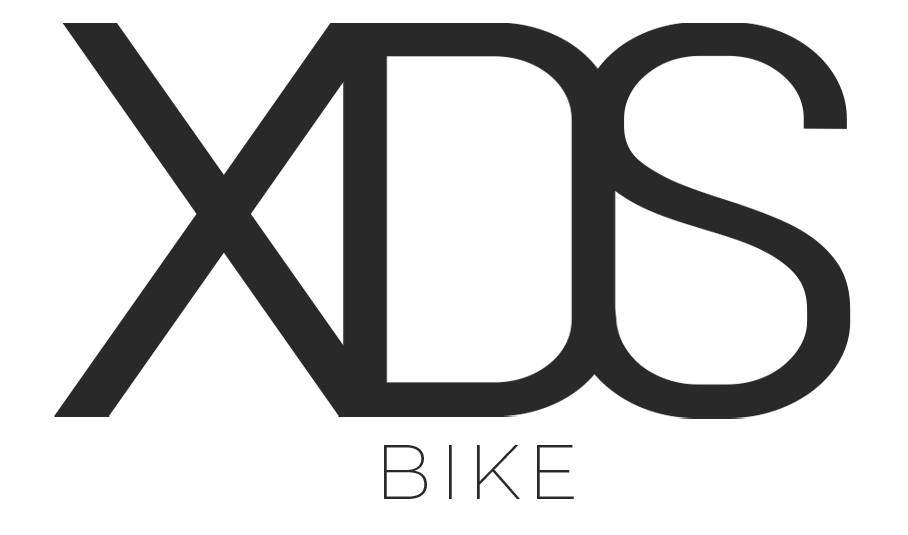Keeping your beach cruiser tires at the right pressure makes a big difference in both your comfort and the longevity of your bike. Many beach cruiser riders tend to overinflate their tires, especially if they go by the maximum PSI printed on the tire sidewall. But Firmstrong beach cruisers work best at a PSI range of 30-40 providing a smooth, comfortable ride without putting too much strain on the tires and inner tube (Bruiser 7sp Fat Tire bike has different tire pressure requirement). Here’s what you need to know to get that perfect tire pressure every time.
Why 32-35 PSI Is Ideal for Firmstrong Beach Cruisers
Firmstrong beach cruisers are designed for leisurely rides on beaches, boardwalks, and other relaxed terrains. To match this, the recommended PSI range is a comfortable 32-35, which is perfect for handling sandy paths, boardwalks, and casual rides on pavement. Higher PSI—anything over 40—is unnecessary and can actually damage your tires and tubes, especially when inflated to 60 PSI, which some riders assume is safe based on the sidewall number.
The Problem with Overinflating Beach Cruiser Tires
Filling your beach cruiser tires beyond 40 PSI might seem like a good idea for a harder, faster ride, but beach cruisers are built for a softer, more cushioned feel. Overinflating to 60 PSI can put too much pressure on the inner tube, causing it to wear out faster or even pop, especially if you hit a bump. To prevent this, Firmstrong includes a sticker on each bike box to remind you to stay within the safe range—keeping it between 32-35 PSI.
How Rider Weight and Terrain Affect Tire Pressure
While 32-35 PSI is the general rule, there’s some flexibility based on a few factors, like your weight and where you’re riding:
-
Rider Weight: If you’re a heavier rider, you might feel better with a pressure closer to 35 PSI, which keeps the bike stable while preventing too much tire flex. For lighter riders, going a bit lower within the 32-35 range can add even more comfort to your ride.
-
Terrain: Riding mostly on smooth pavement? Go towards the higher end, around 35 PSI, for easy rolling. For sandier or slightly rougher paths, a bit lower within that range (closer to 30 PSI) gives better grip and stability.
Steps to Find Your Ideal Tire Pressure
-
Start at 32 PSI: Pump up your beach cruiser tire to 32 PSI and go for a short test ride. This middle range offers a balance of firmness and comfort.
-
Adjust Based on Feel: If you feel the ride is too soft, add a few PSI up to 35. If it feels too hard or rough, drop it down closer to 30.
-
Check Tire Pressure Regularly: Fluctuations in temperature and frequent rides can affect your tire pressure, so make it a habit to check and adjust when needed.
The Bottom Line
For a Firmstrong beach cruiser, keeping tire pressure between 32-35 PSI is the way to go. This range keeps your ride smooth and prevents the potential hassle (and cost) of blown-out tires or tubes. Regularly checking your PSI and staying within this sweet spot will help you enjoy longer, comfortable rides without worry. So, pump up, hit the beach, and cruise with confidence!


Share:
Are Beach Cruiser Bikes Good for Fitness? Here’s Why They’re a Perfect Choice for a Relaxed Workout
How to Find the Ideal Tire Pressure for Your 26"x4" Fat Tire Cruiser Bike